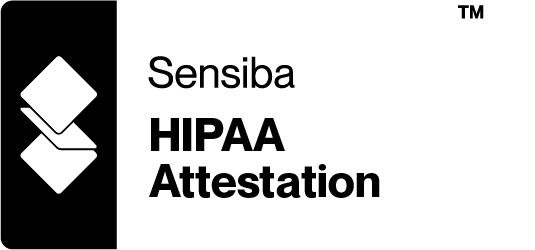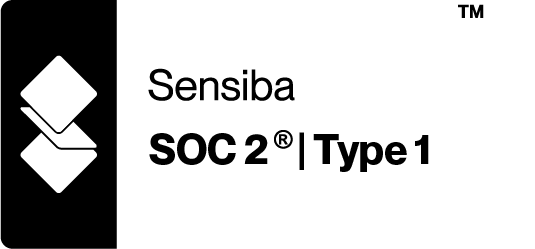Why Resource Planning Can't Wait
It’s not a matter of if your health plan will face a Risk Adjustment Data Validation (RADV) audit. It’s when…and increasingly, it’s how many at once.
This shift from possibility to inevitability represents one of the most significant operational challenges facing health plans today, particularly those managing multiple lines of business. In a recent roundtable discussion, a seasoned health plan coding and analytics leader overseeing Medicare Advantage, dual-eligible special needs plans, ACA, and Medi-Cal programs put it bluntly: organizations that haven’t accepted the “when, not if” reality are already behind.
The implications extend far beyond compliance. They fundamentally reshape how health plans must think about resource allocation, operational capacity, and strategic planning. The window for reactive responses has closed. The era of perpetual audit readiness has arrived.
From Sequential to Simultaneous Audits
The audit landscape has evolved dramatically. While ACA RADV audits follow a relatively predictable cadence—typically occurring between July and December—the introduction of new Medicare Advantage audit protocols has shattered any illusion of orderly, sequential compliance activities. Health plans can no longer build their operational models around handling one audit at a time.
“We’re in the space of multiple RADVs going on,” the plan leader noted, highlighting a shift that many organizations haven’t fully internalized. For plans operating multiple lines of business, the collision of simultaneous audits isn’t a hypothetical scenario. It’s the new baseline expectation.
This reality demands a fundamentally different approach to resource allocation. The traditional model of redirecting existing staff when an audit notice arrives is no longer viable. Organizations need standing capacity, clear prioritization frameworks, and contingency plans that account for worst-case scenarios where multiple audits overlap.
The Labor-Intensive Truth
RADV audits are extraordinarily resource-intensive, and the specifics vary dramatically based on audit scope and organizational infrastructure. The executive recounted personal experience collecting medical records from hospitals during previous Medicare Advantage audits—a stark reminder that compliance often requires hands-on, time-consuming work that can’t be automated or delegated away.
The medical record retrieval process alone can strain organizations. Depending on provider relationships, technology integration, and record accessibility, plans may find their coders spending significant time on collection activities rather than the analytical work they were hired to perform. Some organizations have even deployed compliance leaders to physically visit provider sites to secure documentation.
This labor intensity raises critical strategic questions: Should plans maintain larger permanent teams? Is it more cost-effective to build surge capacity through contract resources? How do organizations balance the fixed costs of staffing against the variable timing and scope of audits?
The Strategic Conversation That Can't Wait
The core message was unequivocal: these conversations need to happen now, not when the audit notice arrives. Waiting until CMS or state regulators send notification letters leaves organizations in a reactive posture, scrambling to secure resources in a market where experienced RADV professionals are increasingly difficult to find.
Forward-thinking health plans are integrating RADV readiness into standard operations rather than treating audits as exceptional events. This means:
Conducting honest headcount assessments that account for the current regulatory environment, not historical audit frequencies. The landscape has changed, and staffing models must reflect that reality.
Developing clear prioritization protocols that outline how the organization will allocate resources if multiple audits hit simultaneously. Which line of business takes precedence? Who makes that decision? What triggers the activation of contingency plans?
Evaluating build-versus-buy decisions for specialized functions like medical record retrieval and coding. Some organizations may find that outsourcing specific components allows them to maintain leaner permanent teams while ensuring surge capacity when needed.
Creating cross-functional RADV response teams that can flex across lines of business, rather than siloing expertise within Medicare, ACA, or Medicaid-specific departments.
A New Operating Model
The era of treating RADV audits as periodic disruptions is over. For health plans operating multiple lines of business, audit response must become a core operational competency, resourced and planned with the same rigor as enrollment, claims processing, or provider network management.
The organizations that will thrive in this environment are those having difficult conversations about capacity, investment, and prioritization today—before the next audit notice arrives. Because in the new RADV reality, that notice isn’t a question of if. It’s simply a matter of when.
Invent Health provides risk adjustment technology solutions that help health plans streamline audit readiness and optimize operational efficiency across Medicare Advantage, ACA, and Medicaid programs.



